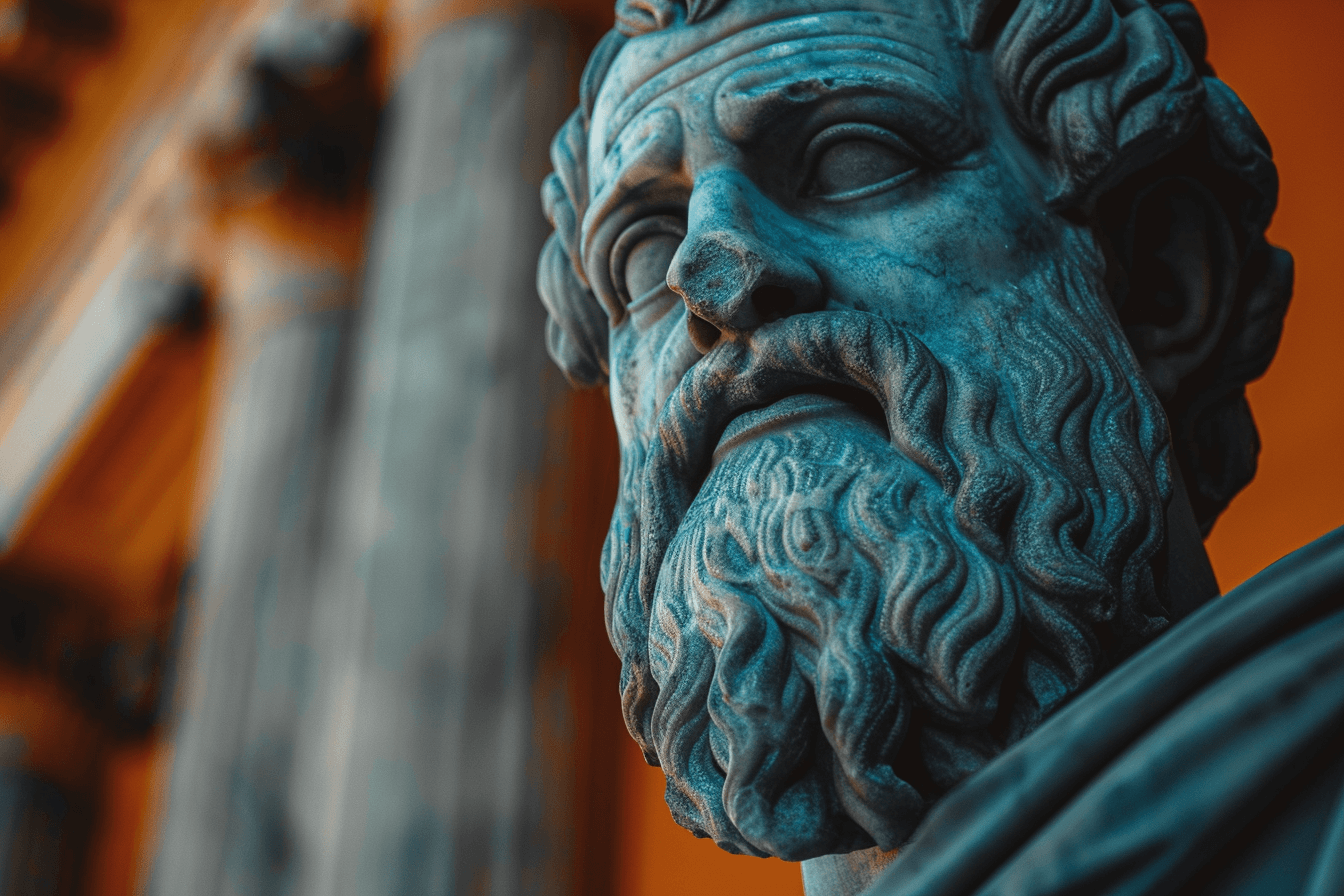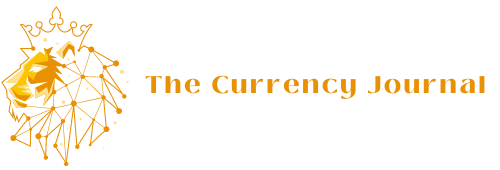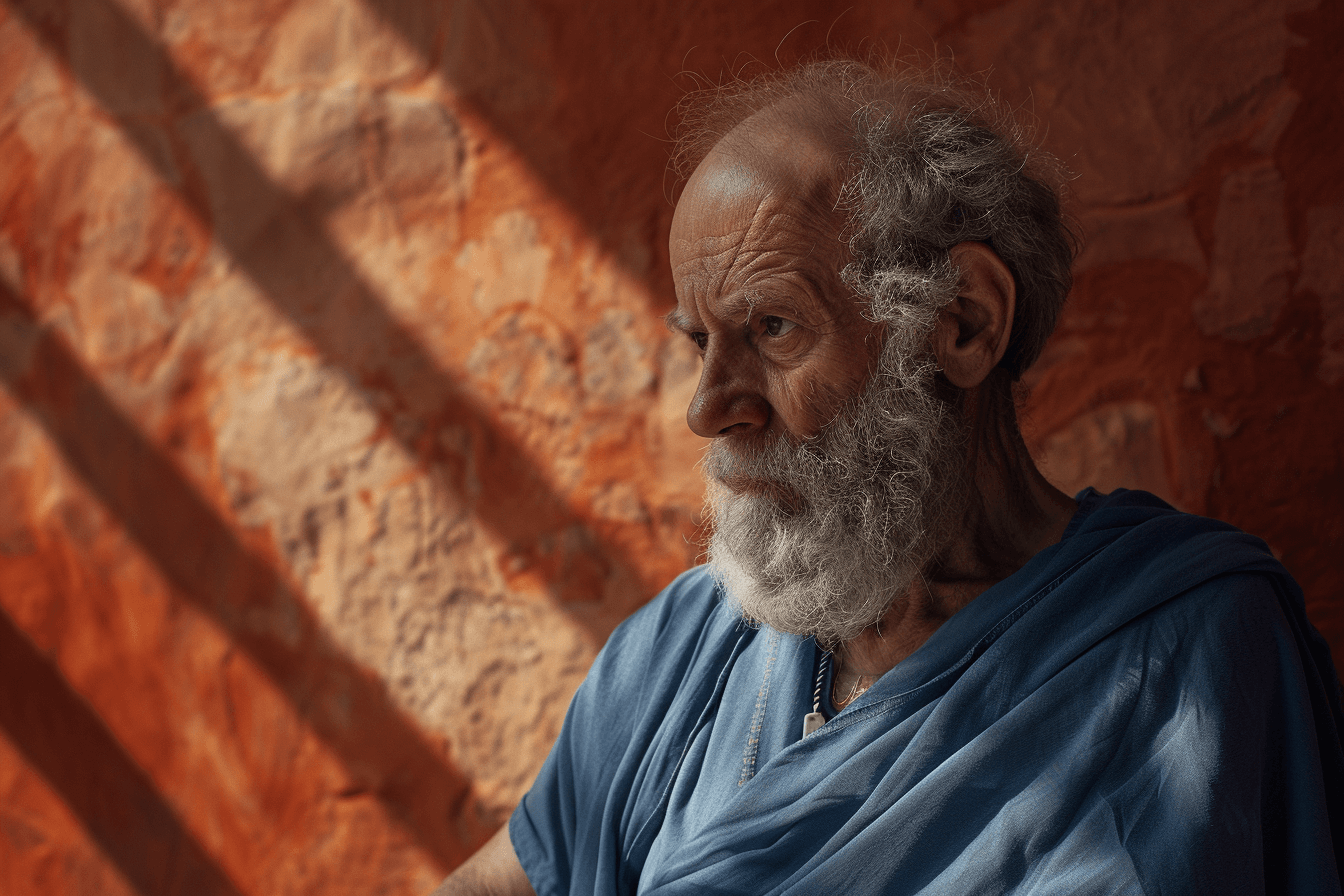Archeology and AI are a perfect combination. Artificial intelligence discovered Plato's burial place thanks to the analysis of charred papyri from Herculaneum. A team of Italian scientists have solved a mystery that has puzzled scientists for decades. What other discoveries will be made possible by cooperation between scientists and artificial intelligence?
History written in charred scrolls – artificial intelligence discovered where Plato rests
It might seem that the information recorded in ancient scrolls and papyri was lost due to the influence of weather conditions, disasters and, above all, time. It turns out that with the help of artificial intelligence, scientists are increasingly able to access knowledge that seemed lost for decades. A perfect example of the tandem of scientists and AI is the recent discovery of Professor Graziano Ranocchia from the University of Pisa.
The professor and his colleagues decided to solve the mystery that had tormented historians for decades, if not hundreds of years. The team decided to examine ancient scrolls found in Herculaneum, a city destroyed in 79 AD by the eruption of Mount Vesuvius. These were the writings of Philodemus of Gadara, who lived around 110-30 BC. However, the problem was that the scrolls describing Plato's Academy were completely charred.

It turned out that this is not a big problem for AI. Artificial intelligence discovered the burial place of an ancient philosopher by deciphering burnt papyri. About 1,000 words, representing 30% of the entire scroll, were deciphered. This was enough to learn that Plato was buried in the garden of the Academy in Athens, reserved for heaven, near the sanctuary dedicated to the Muses, i.e. in the so-called Muzjon.
What discoveries can still be made thanks to artificial intelligence?
Artificial intelligence has not only discovered Plato's burial place, but has also helped to read several other scrolls from Herculaneum, discover further drawings from Nazca, and decipher an unknown language written in cuneiform. This is just the beginning of the discoveries that are possible thanks to machine learning and the opportunities offered by LLMs. Given the pace of development of this technology, in the future we will have to solve further historical puzzles, such as the mystery of the disappearance of the Mayan civilization or the tomb of Alexander the Great.

